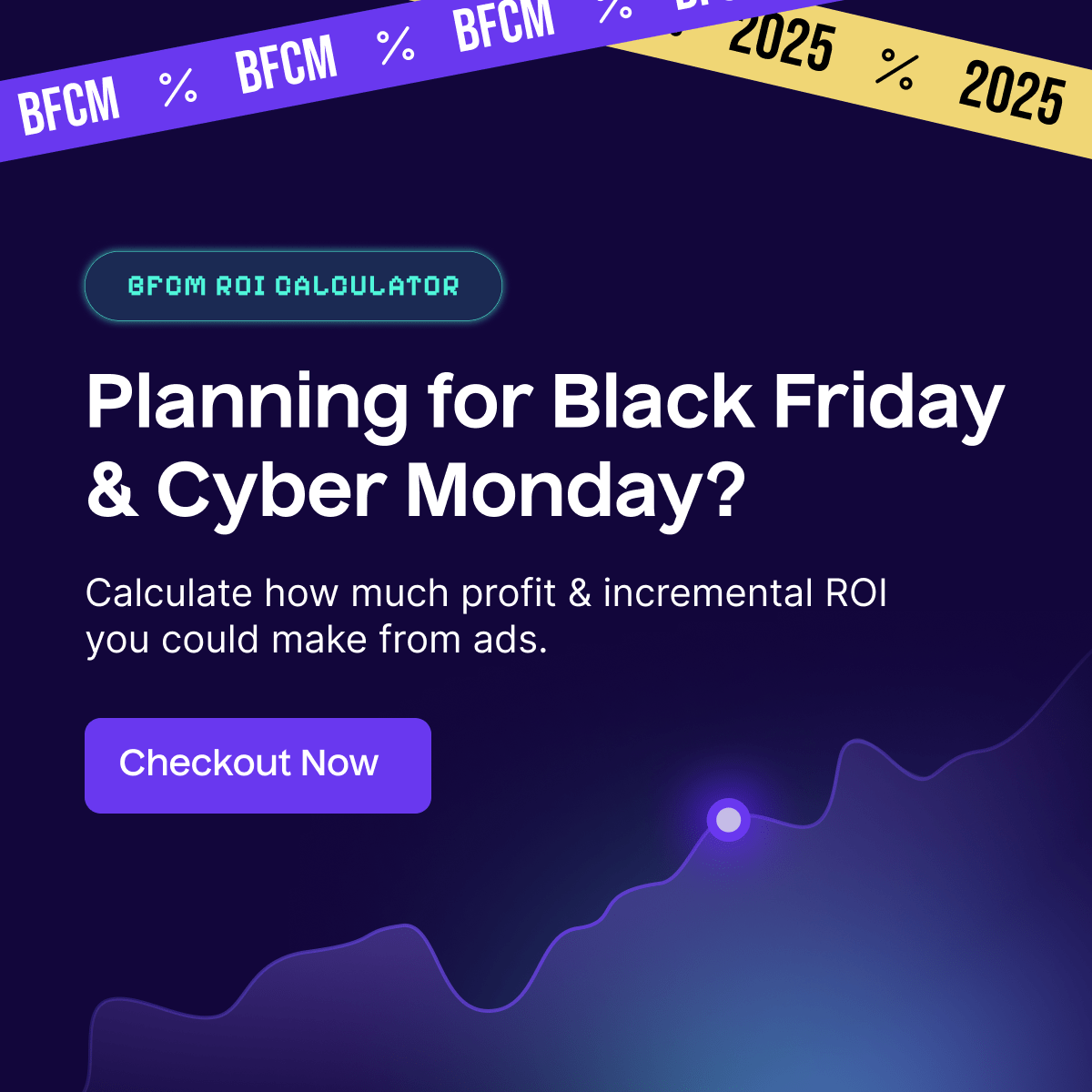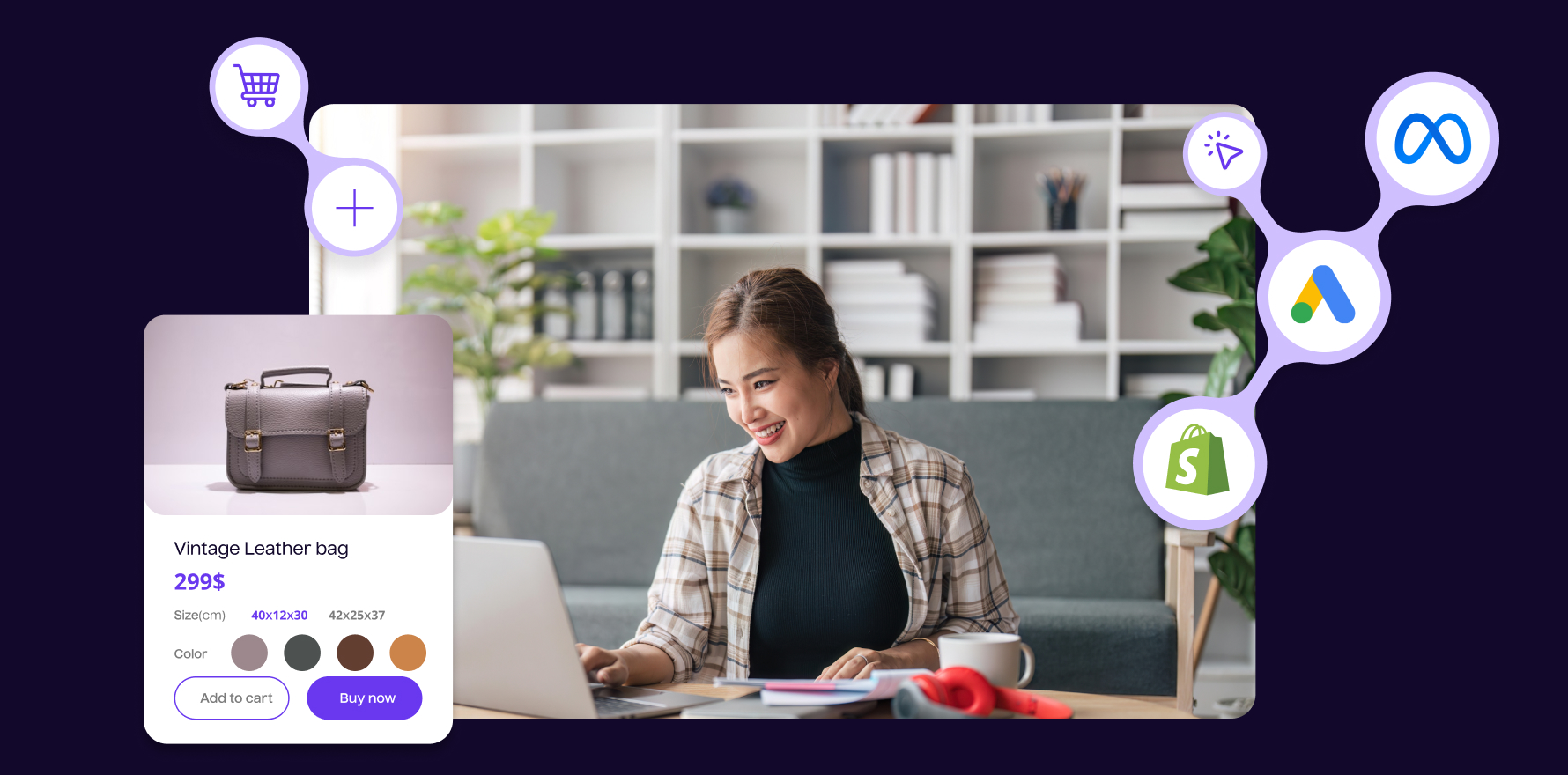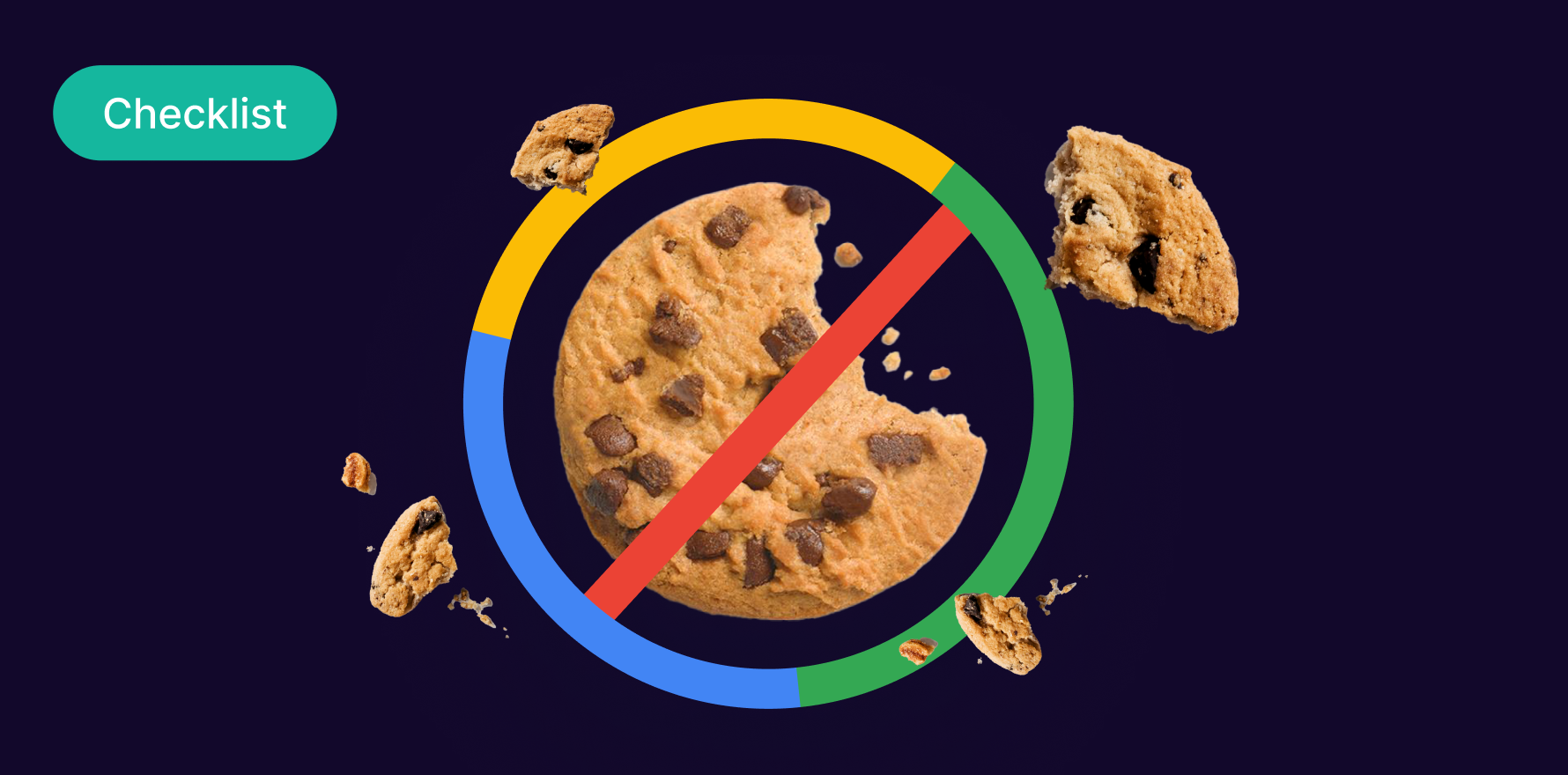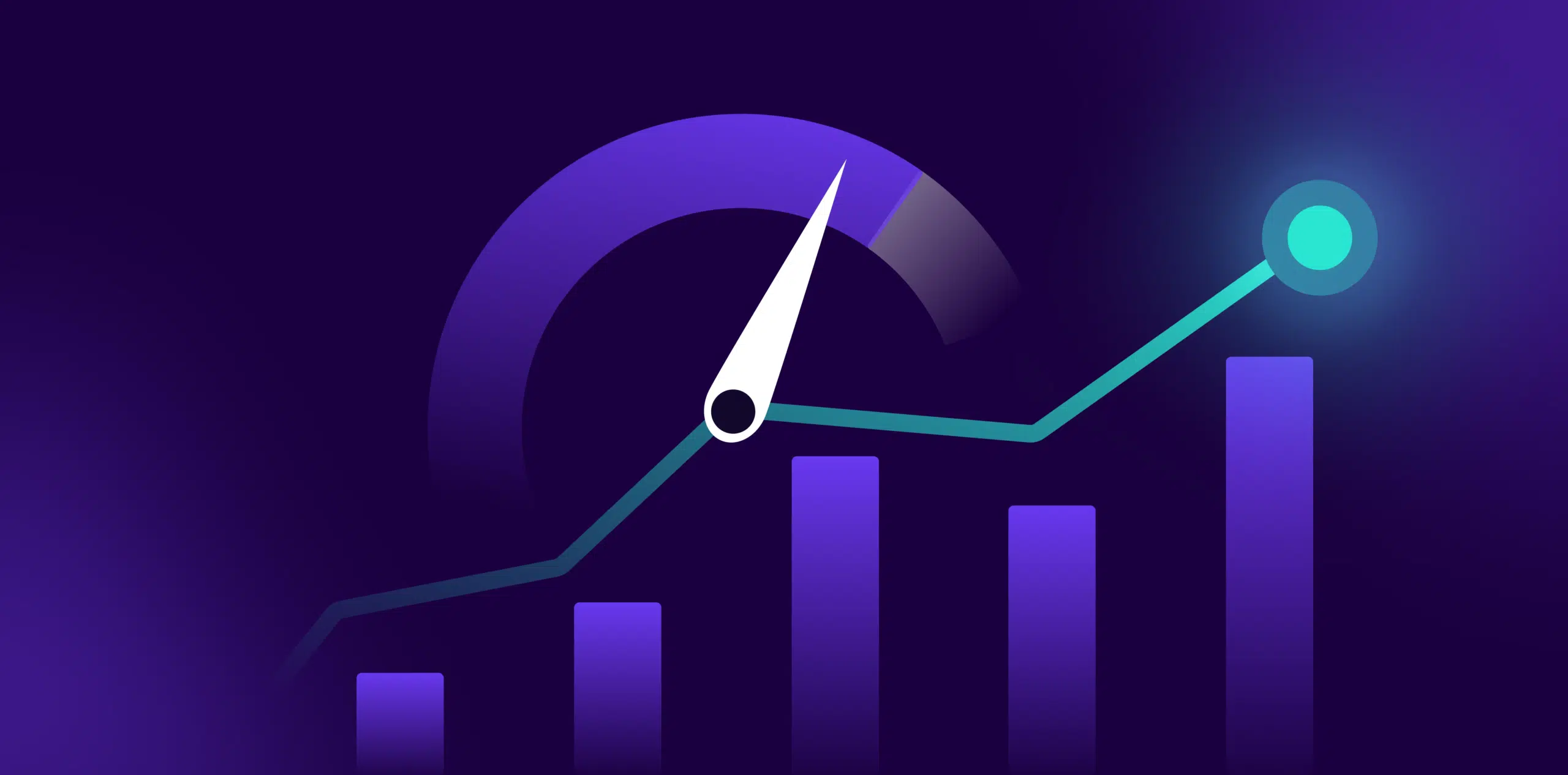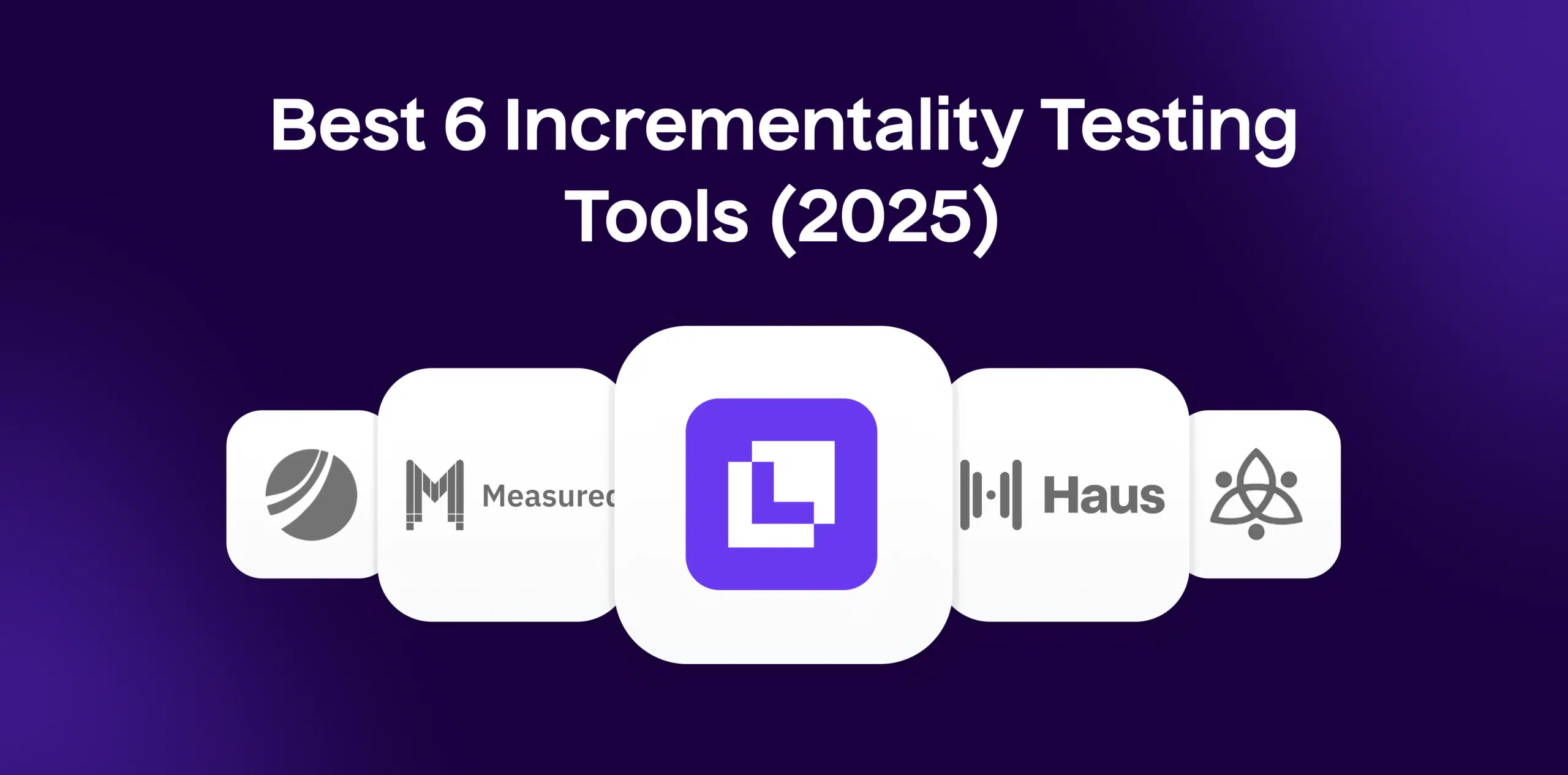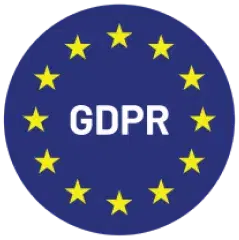What is Purchase Frequency?
Purchase Frequency is the average number of purchases made by a customer within a defined time frame. This metric helps businesses understand customer behavior, loyalty, and the effectiveness of their retention strategies.
Formula
Purchase Frequency = Number of Unique Customers / Total Number of Purchases
Example
If a retailer has 1000 purchases made by 250 unique customers in a month, the Purchase Frequency is:
Purchase Frequency = 1000 / 250 = 4
This means, on average, each customer made 4 purchases during the month.
Why is Purchase Frequency important?
Purchase Frequency is crucial for evaluating customer loyalty and engagement. A higher purchase frequency suggests that customers are satisfied and regularly returning to make purchases, indicating strong customer loyalty and successful retention strategies. It also helps in forecasting future sales and identifying high-value customers.
Which factors impact Purchase Frequency?
Several factors can influence Purchase Frequency, including product quality, customer satisfaction, marketing effectiveness, and competitive pricing. Seasonal trends, promotions, and overall market conditions can also impact how frequently customers make purchases. Understanding these factors helps businesses tailor their strategies to boost customer retention and increase purchase frequency.
How can Purchase Frequency be improved?
To improve Purchase Frequency, businesses can implement loyalty programs, offer personalized recommendations, and provide exceptional customer service. Regular engagement through targeted marketing campaigns and promotions can also encourage repeat purchases. Analyzing customer feedback and continuously enhancing the product and shopping experience can further increase purchase frequency.
What is Purchase Frequency’s relationship with other metrics?
Purchase Frequency is closely related to metrics like Average Order Value (AOV), Customer Lifetime Value (CLV), and Repeat Purchase Rate. While AOV measures the average amount spent per purchase and CLV estimates the total value a customer brings over their lifetime, Purchase Frequency focuses on how often customers buy.
Free essential resources for success
Discover more from Lifesight
